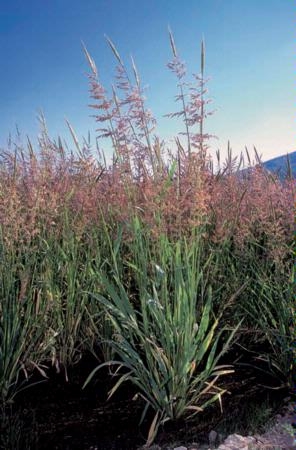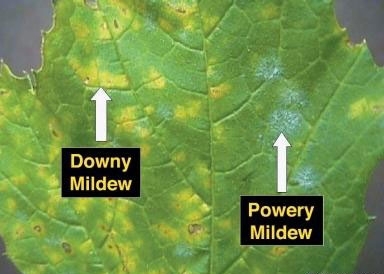Posts Tagged: Dan Marcum
Dan Marcum encourages farmers to 'diversify their portfolios'
Since the 1970s, UC Cooperative Extension farm advisor for Shasta and Lassen counties, Dan Marcum, has been working alongside farmers - particularly the risk-takers and early adopters - to test new crops and pest controls, according to a feature in the Redding Record-Searchlight.
He won their trust, the story said, with his practical knowledge of farming and work ethic.
"Dan works harder than most of the farmers in his area," the story quoted fourth generation Fall River grower Travis Corder.
Over the years, Marcum has undertaken myriad efforts to help the region's farmers diversify their crops, wrote reporter Tim Holt. For example:
- He took farmers on a field trip to the University of Minnesota to learn how to grow short-season wild rice
- He led a field trip to Central Oregon to look into the possibility of growing peppermint
- He has worked closely with farmers to develop economically viable organic pest control methods
- He is experimenting with cold-weather winegrape varieties that can be planted successfully by smaller growers for personal use and possibly to sell to wineries
"Crop diversity is like diversifying your stock portfolio. It helps growers survive the ups and downs of wholesale prices for any one crop," Marcum was quoted.

Wild rice is a crop Northern California farmers can use to diversify their portfolios.
UCCE helps farmers tackle powdery mildew
In desperation, Allan and Mineca Griggs turned over a chunk of their Shasta County vineyard to University of California researchers to find a solution to their severe powdery mildew, according to a story in the Redding Record-Searchlight.
“There are not too many people willing to sacrifice a crop in their vineyard to do a trial. No one wants to jeopardize their income,” Griggs told reporter Laura Christman. “But I wanted to know an answer.”
The Griggs farm, situated at the 2,400-foot elevation and surrounded by forests, is an ideal environment for powdery mildew, but the farm is by no means alone in its struggle with the fungus. Powdery mildew is the No. 1 disease of grapes in California, according to UC Davis plant pathologist Doug Gubler, who has been studying powdery mildew for 27 years.
Gubler headed up a trial on the Griggs' farm comparing four organic treatments for powdery mildew: Kumulus (micronized sulfur), Serenade (bacterial product), JMS Stylet (horticultural oil) and Regalia (knotweed extract). Some vines were left untreated as a control. Micronized sulfur worked the best, Christman reported.
The viticulture farm advisor in Shasta County, Dan Marcum, applied the treatments to the vineyard.
“There might be better ways to make the other products do better,” Marcum said. “There’s more research to be done.”

Downy mildew and powdery mildew on a grape leaf.
